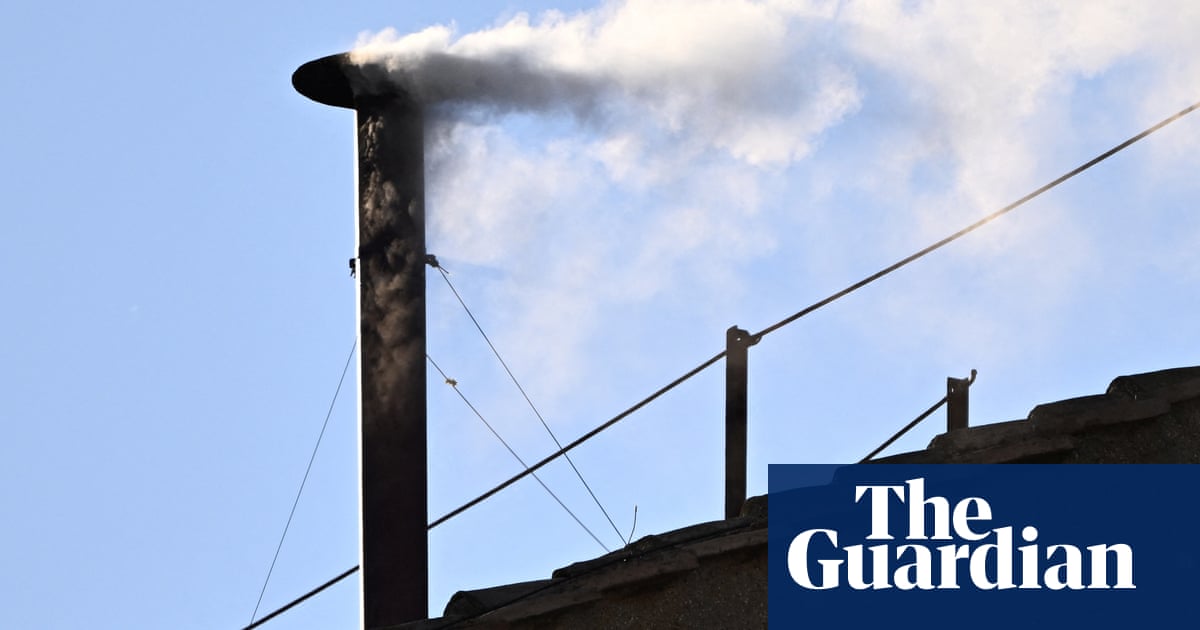Elk could return to the UK after 3,000 years under plans by the Wildlife Trusts to reintroduce the “keystone” species into Britain’s landscapes.
The Derbyshire Wildlife Trust wants to introduce elk into two existing beaver enclosures in Derbyshire and Nottinghamshire, with the hope of demonstrating that the large semiaquatic deer should be released to roam free in the wild.
Joanne Carnell from the Wildlife Trusts said they hoped to demonstrate that the “crucial ecosystem engineer can thrive in floodplain landscapes, shaping diverse habitats that benefit communities and support biodiversity recovery. It may also serve as a catalyst for engaging people in the long-term benefits of returning elk to the wild.”
The same process was followed with beavers in England, which were first released into enclosures in wildlife areas around the country, before being legally released into the wild this year for the first time.
The charity Rewilding Britain is awarding up to £15,000 to multiple rewilding initiatives, including the elk project and some that aim to restore bison and beavers to the landscape.
Rebecca Wrigley, the chief executive of Rewilding Britain, said: “Keystone species like elk, bison and beaver play a vital role in bringing nature back to life. They help repair ecosystems and shape wild places in ways that benefit wildlife, people and the climate.
“Successfully reintroducing missing species like these is absolutely crucial. It’s a complex process involving multiple stages of research and development, feasibility studies, impact assessments and community consultations. By taking the time and effort to get it right, we can create a more hopeful future for everyone.”
European elk are closely related to the North American moose and can weigh up to 700kg (110 stone). They thrive in wetlands, where their grazing helps promote the natural regeneration of woodland, while their trampling helps maintain open clearings. At present, the UK has no wetland habitats containing both beaver and elk.
after newsletter promotion
Elk became extinct in the UK about 3,000 years ago as a result of over-hunting and habitat loss, and were nearly wiped out across Europe, too. But they are slowly making a return, with established populations in Scandinavia.
Rachel Bennett, the deputy director of wilder landscapes at Derbyshire Wildlife Trust, said: “This exciting project could demonstrate how this crucial ecosystem engineer can thrive in floodplain landscapes, shaping diverse habitats that benefit communities and support biodiversity recovery. It may also serve as a catalyst for engaging people in the long-term benefits of returning elk to the wild.”

.png) 1 day ago
7
1 day ago
7













































